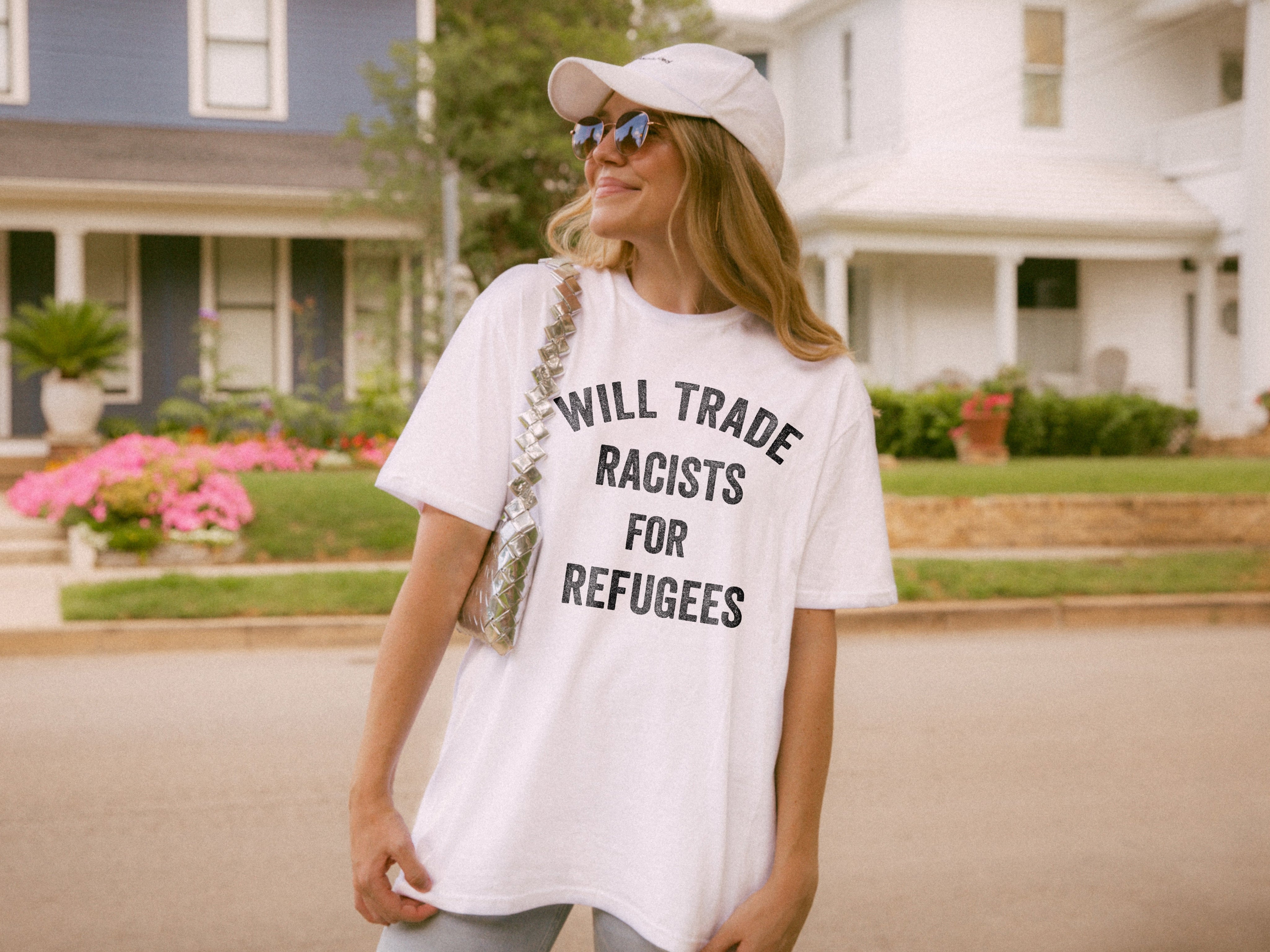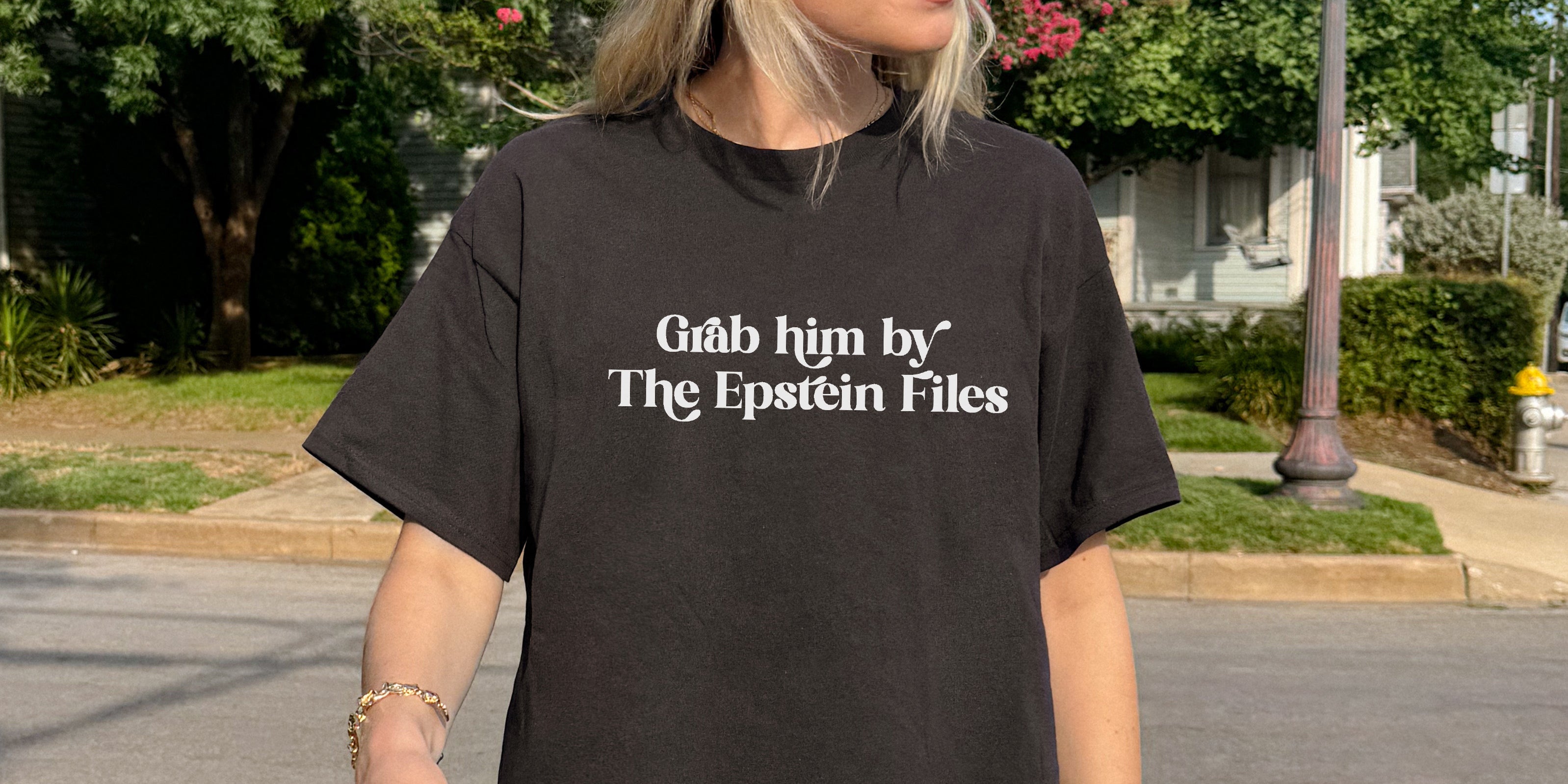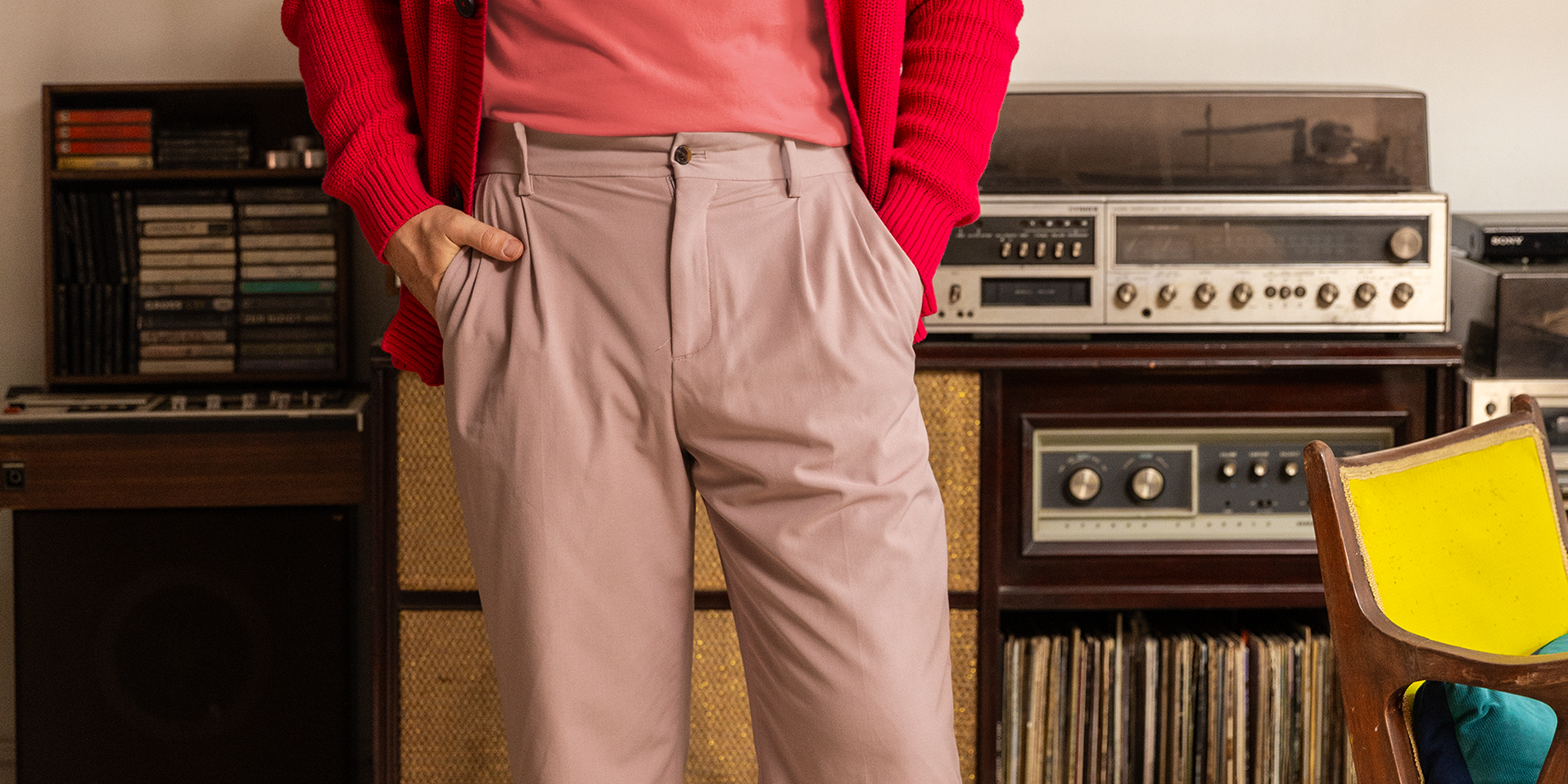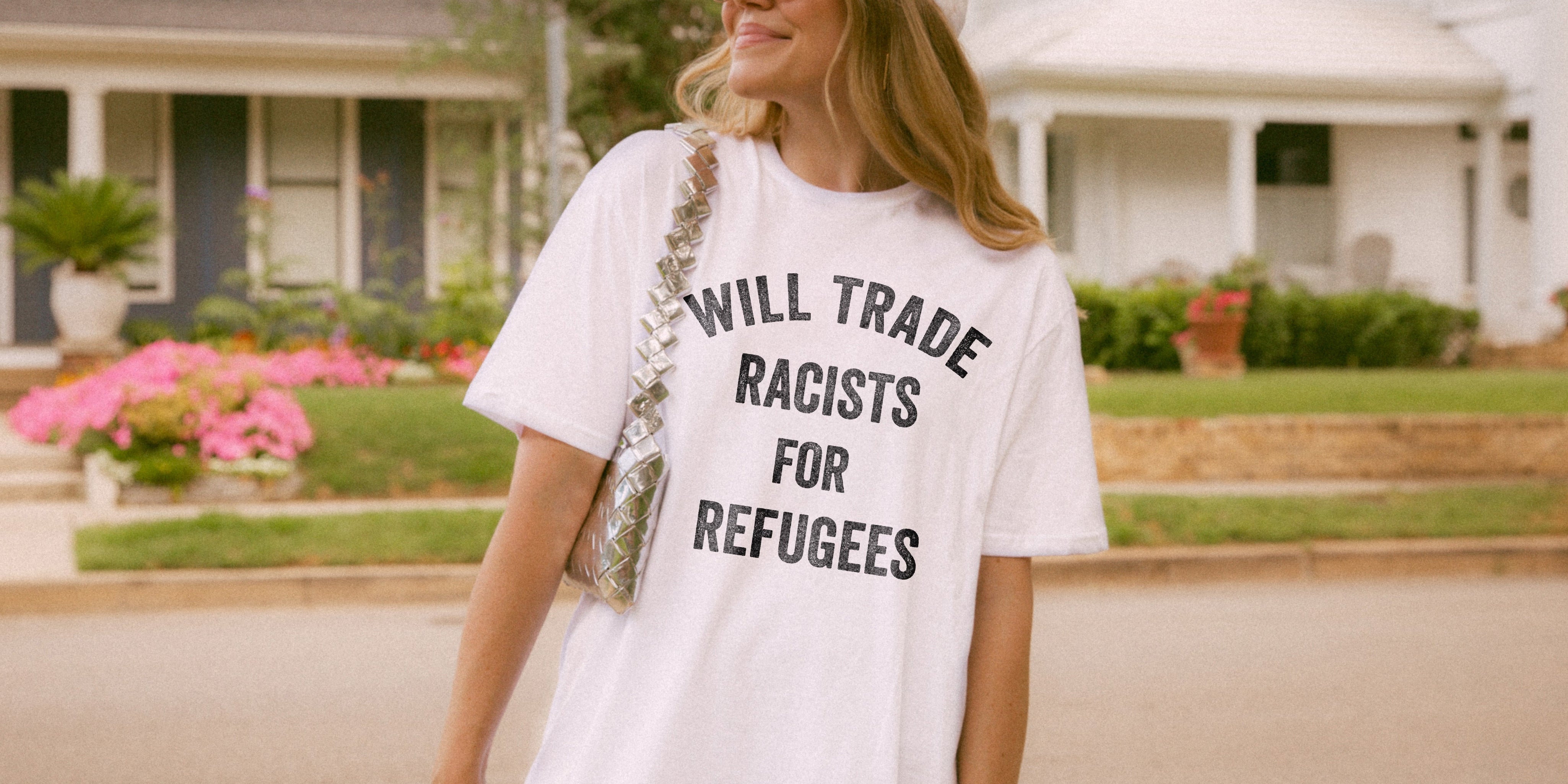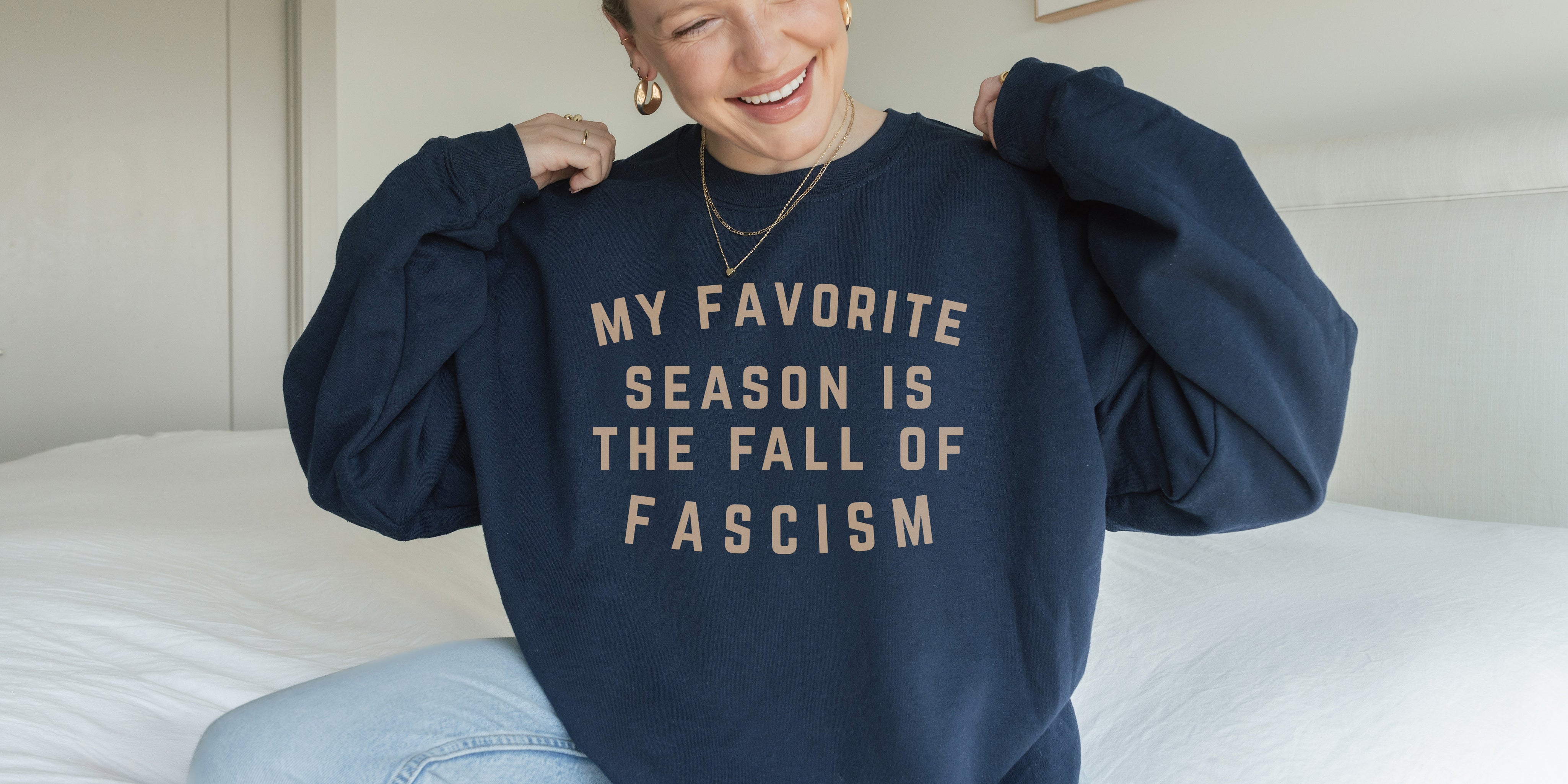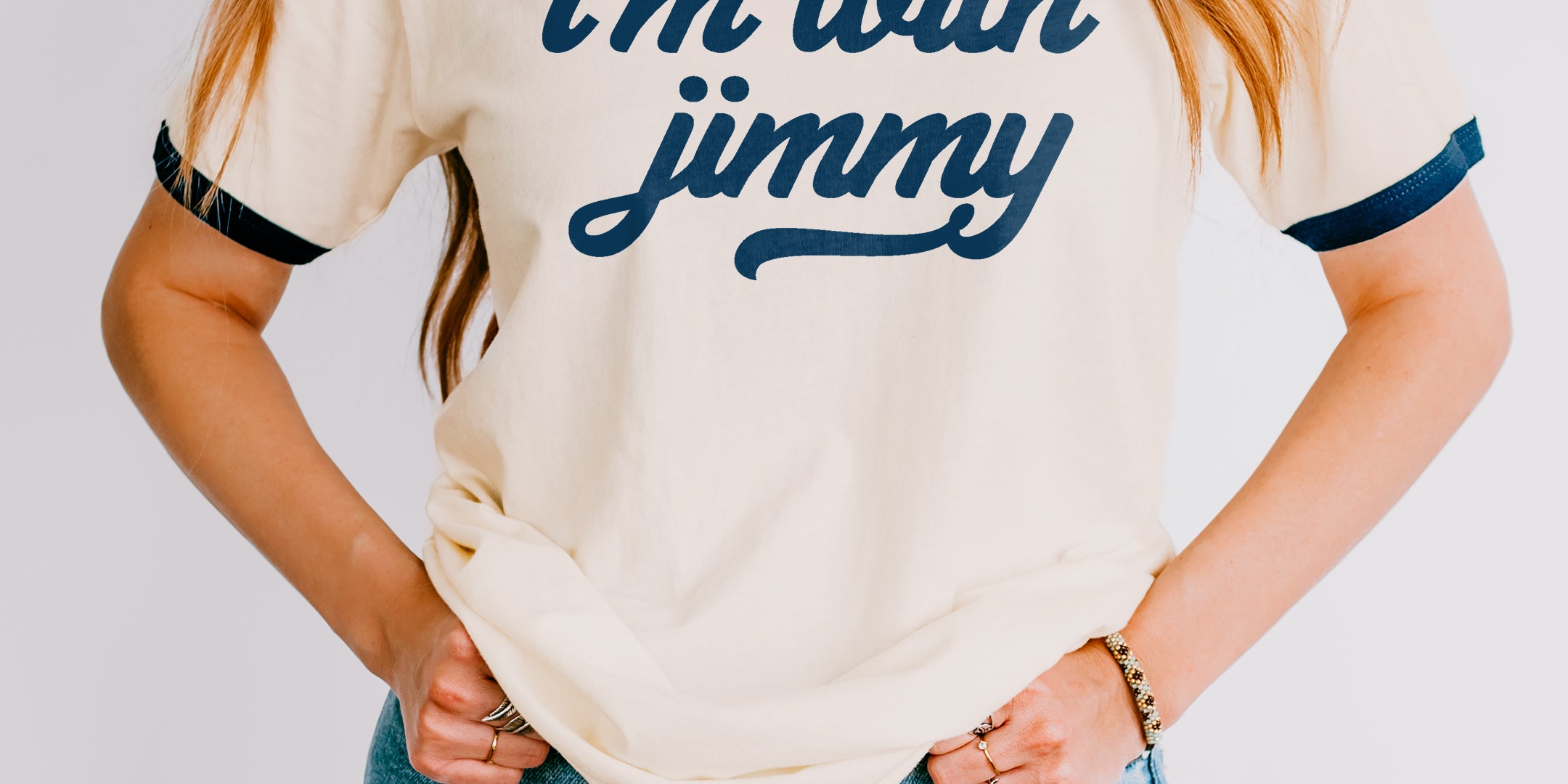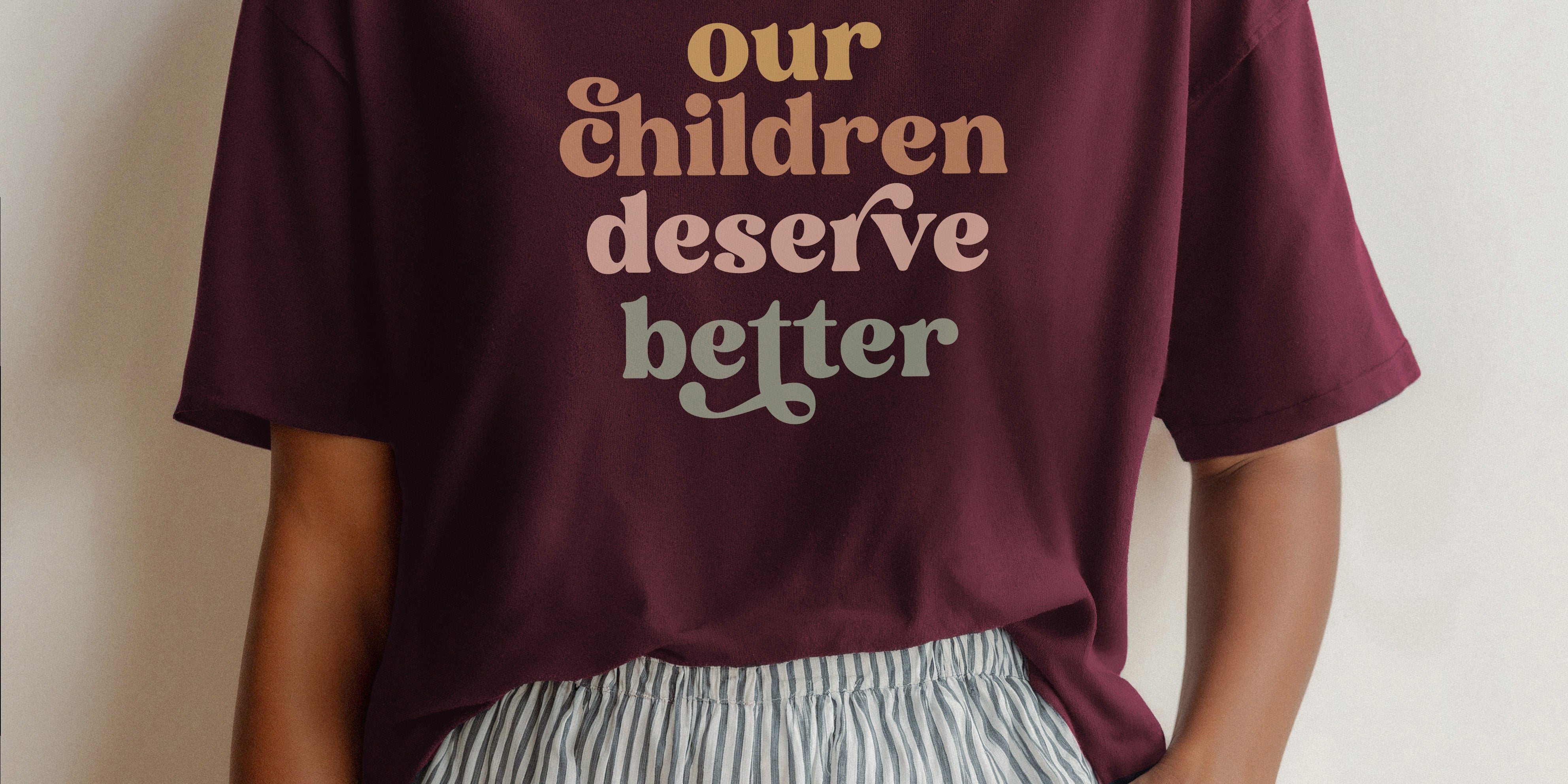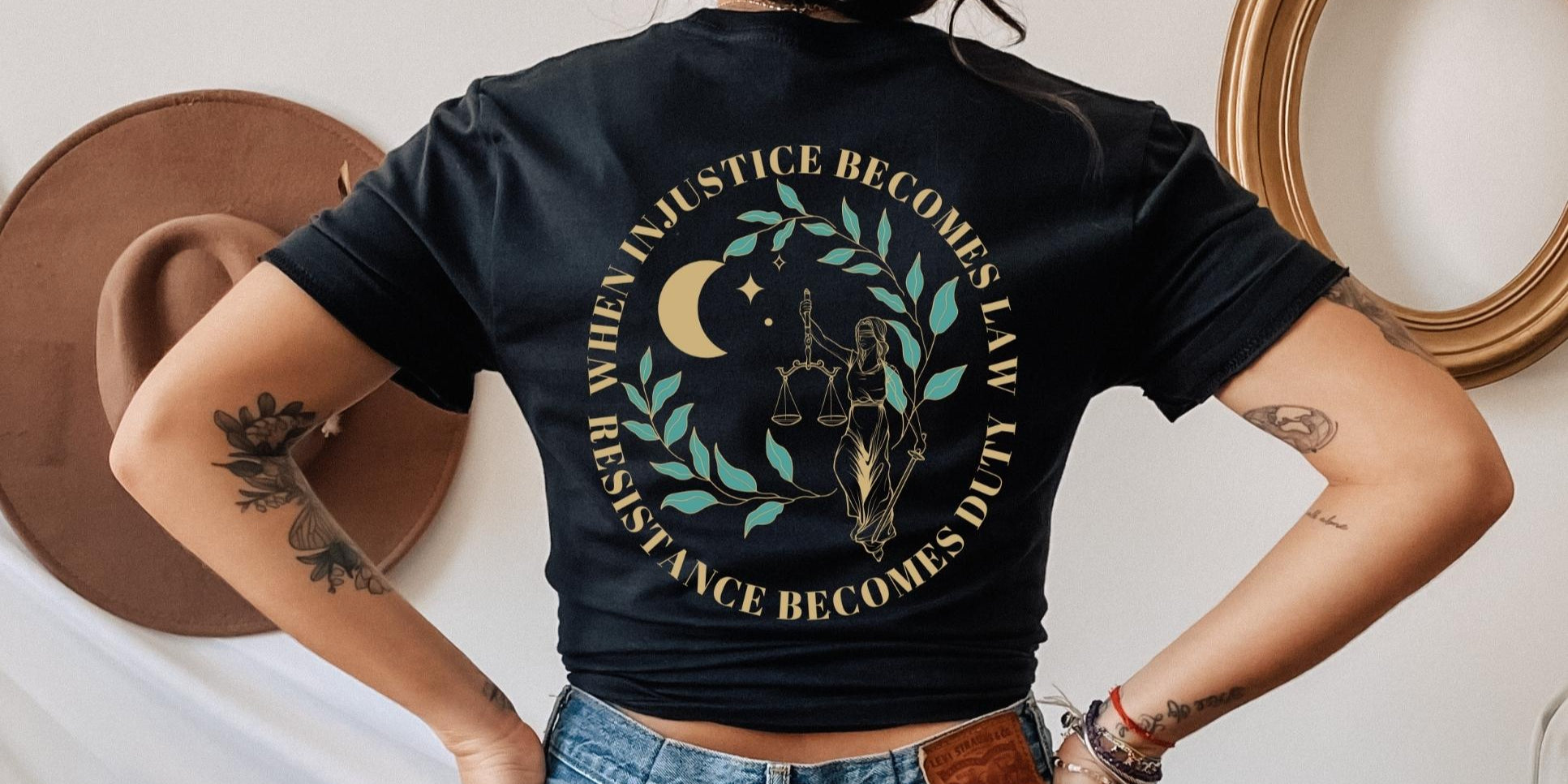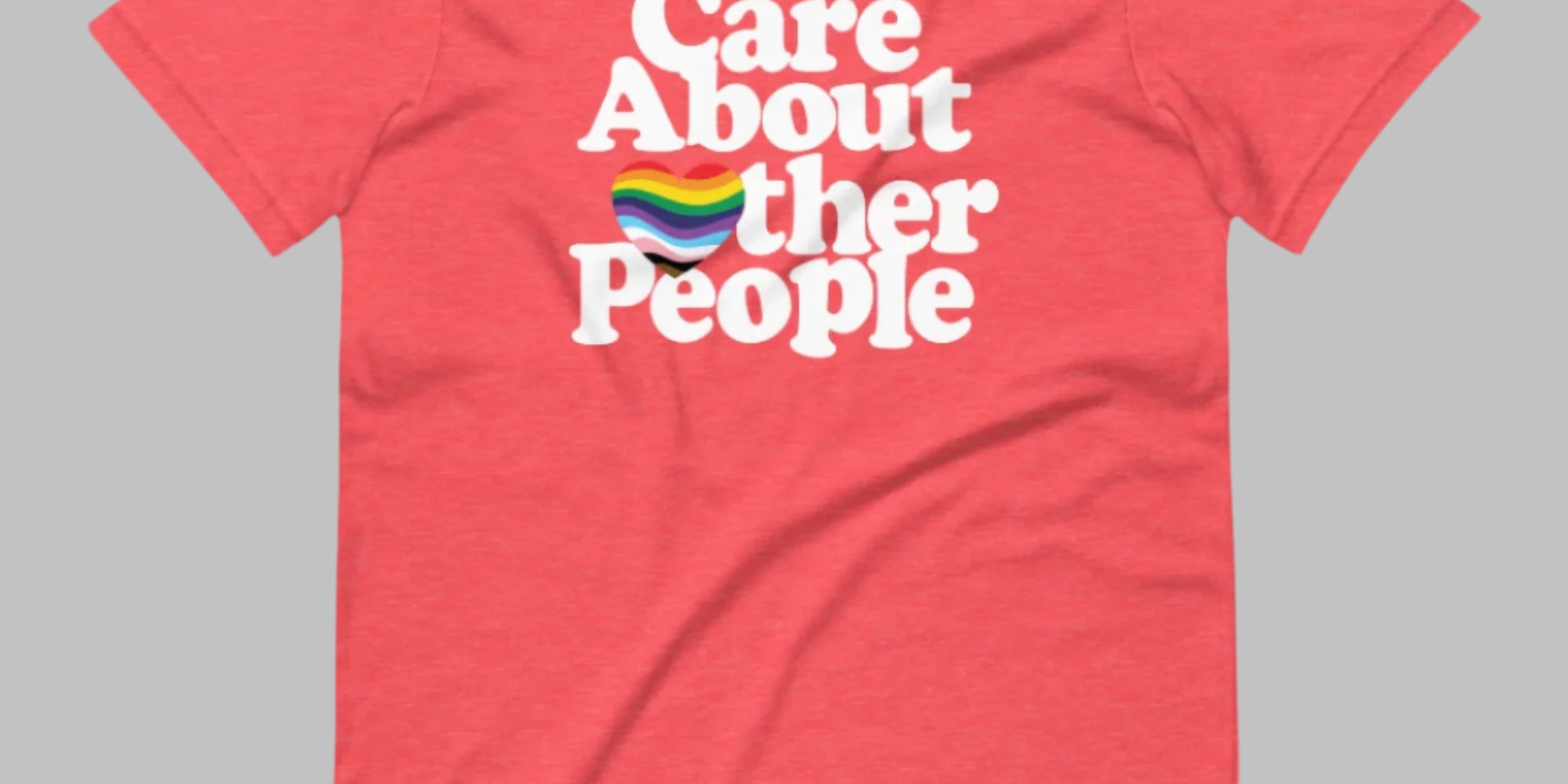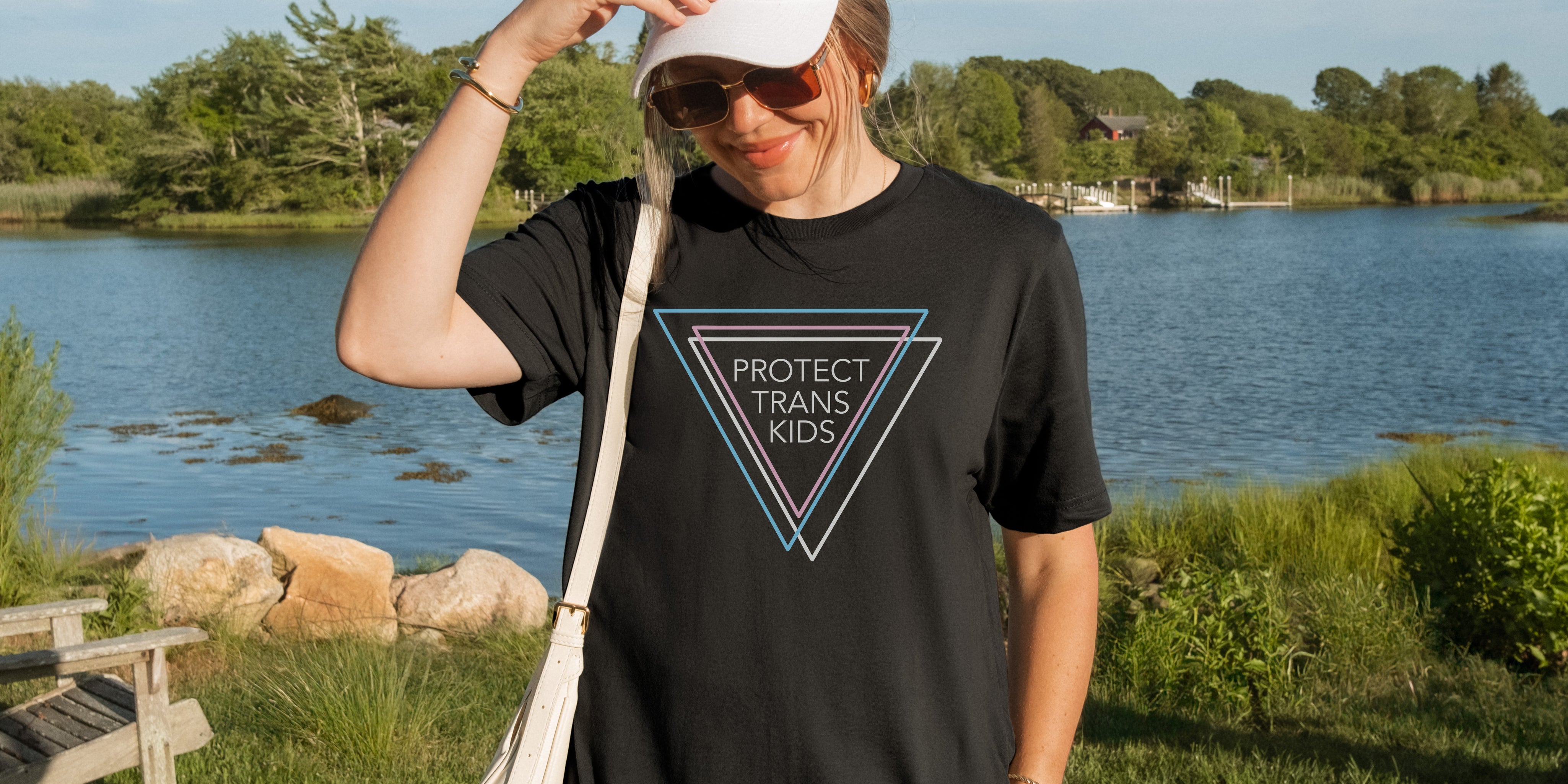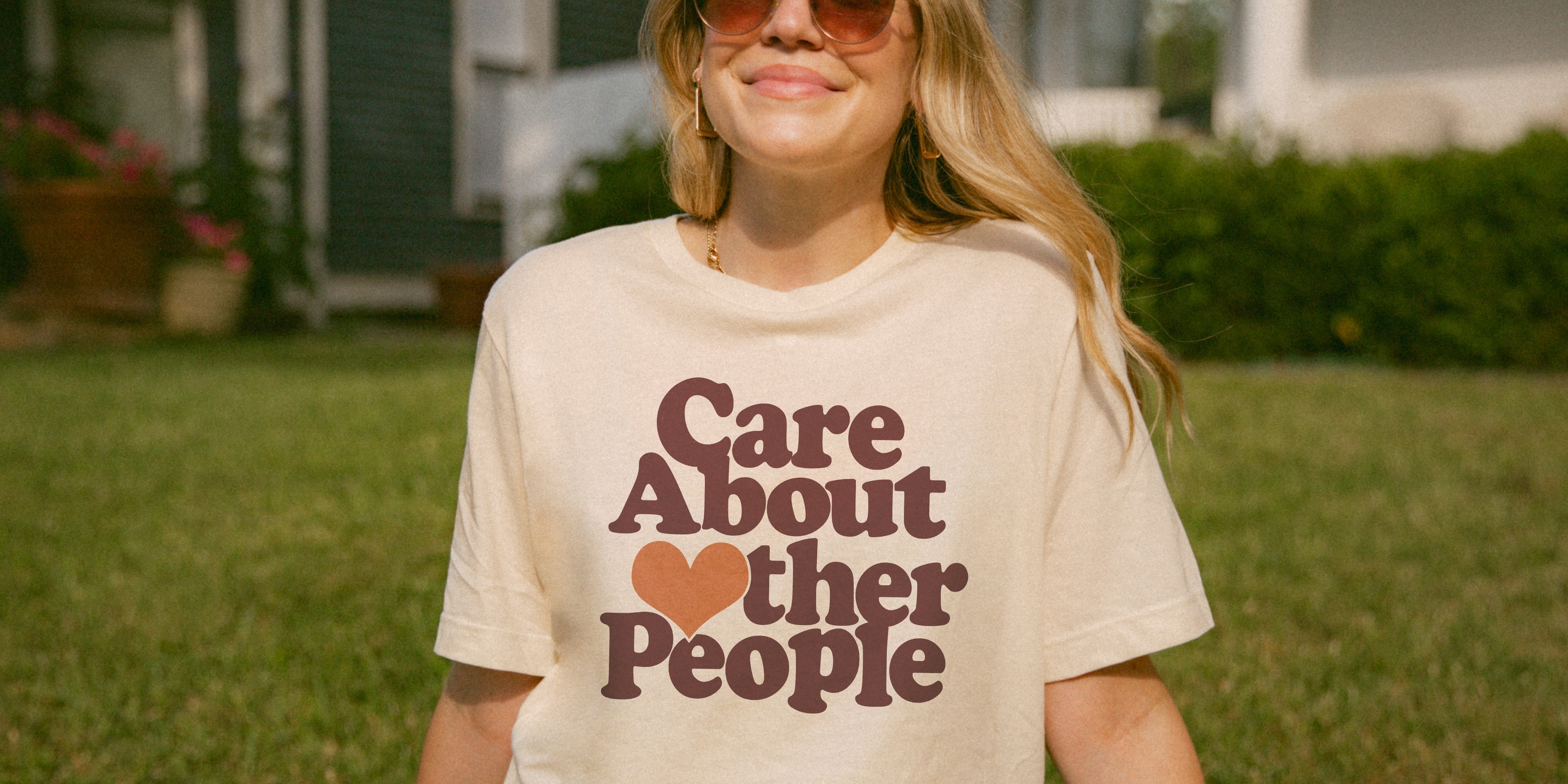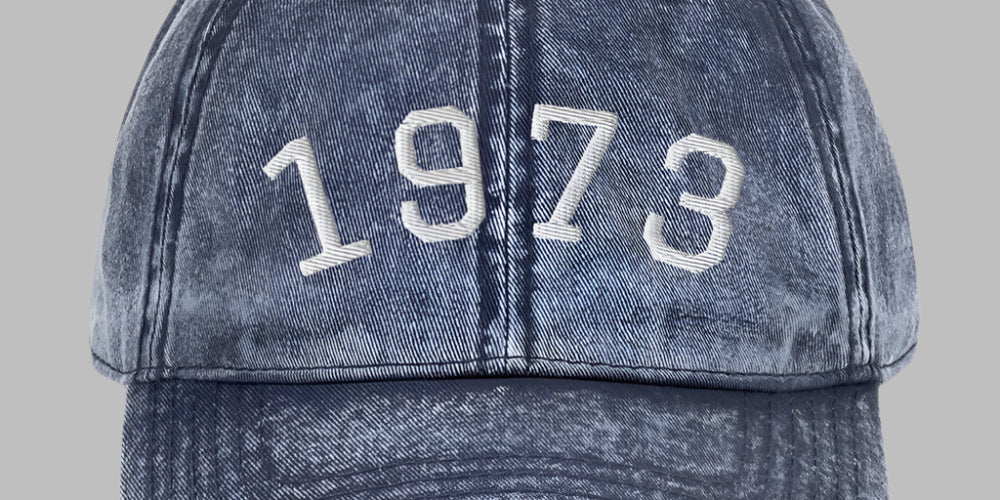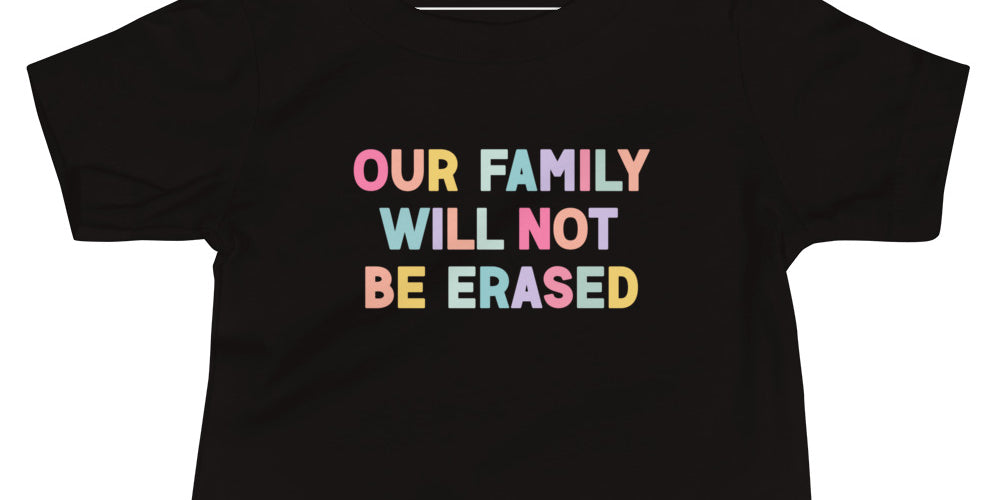Every June, as Pride flags fly and parades light up cities across the country, there’s always someone who asks, “But why isn’t there a Straight Pride?”
At first glance, it might sound like a fair question. But the truth is, that question misses the entire point of Pride, and why it exists in the first place. So let’s talk about it.
What Pride Really Means
Pride isn’t just a party, and it definitely didn’t start as one. The first Pride was a protest. In June 1969, after years of police harassment and discrimination, LGBTQ+ people, many of them Black and Brown trans women, stood up and fought back during the Stonewall Uprising in New York City.
That moment lit a fire. It was about visibility, resistance, and survival in a world that treated LGBTQ+ people as criminals, sinners, and outcasts.
Today, Pride is still about that fight. It’s a celebration, yes, but one rooted in a long history of struggle. It’s about being visible in a world that still tells LGBTQ+ people to hide. It’s about community, safety, and the right to exist without fear.
Equality vs. Equity: Why “Equal” Isn’t Always Fair
The idea of a Straight Pride often comes from a place of misunderstanding. People hear “Pride” and think it's about giving one group more attention or special treatment. But this is where the difference between equality and equity really matters.
Equality means giving everyone the same thing. Equity means giving people what they need to thrive, especially if they’ve been held back or harmed by the system.
Straight people have always had visibility, legal protections, and social acceptance by default. LGBTQ+ folks haven’t. Pride isn’t about giving LGBTQ+ people more, it’s about giving them the space and support they’ve been denied.
Pride Isn’t Exclusion. It’s Survival
Saying “there’s no Straight Pride” doesn’t mean straight people aren’t welcome at Pride. Allies are an important part of the movement. But the spotlight isn’t on them, and that’s by design.
When a community has been historically oppressed, it needs its own space. Pride is that space. It’s one of the few times LGBTQ+ people can feel completely free, fully themselves, and publicly supported.
Straight people don’t need a parade to feel accepted by society. LGBTQ+ people do.
What to Say When Someone Asks “But What About Straight Pride?”
Let’s be honest, most people who ask this aren’t really confused. They're uncomfortable with the idea of LGBTQ+ people taking up space. Still, it’s helpful to have a calm, clear response. Here’s something you can say:
“Pride exists because LGBTQ+ people have faced decades of discrimination, violence, and invisibility. Straight people have never been jailed for who they love or forced to hide their identity to stay safe. Pride is about recognizing that difference and supporting a community that still fights for basic rights.”
You can also remind them:
- There are no laws banning straight marriage.
- Straight kids don’t get kicked out of their homes for being straight.
- Straight people don’t need parades to feel safe holding hands in public.
- Pride Is a Celebration of Visibility, Not Division
Wanting safe spaces for LGBTQ+ people isn’t about excluding anyone. It’s about lifting up those who have been pushed down for too long. It’s about joy in the face of hate.
And when we make space for others to be fully seen, we all benefit. That’s what real pride looks like.
If you’re straight and truly want to support LGBTQ+ people, you don’t need your own parade. You need to listen, show up, and stand with the community, not ask for the spotlight.
Let Pride be what it was always meant to be: a space for people who fought to be seen, and who are still fighting to be free.

